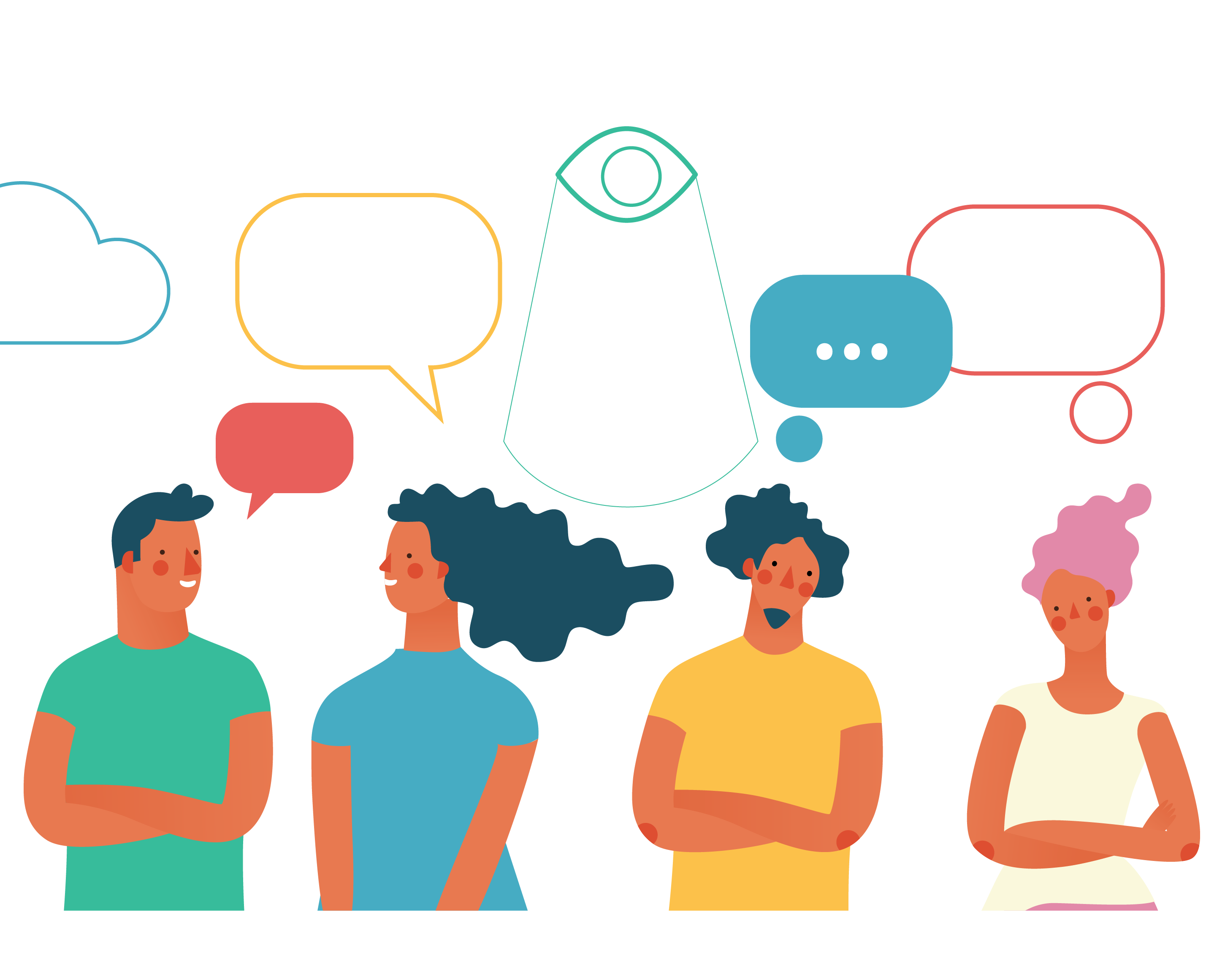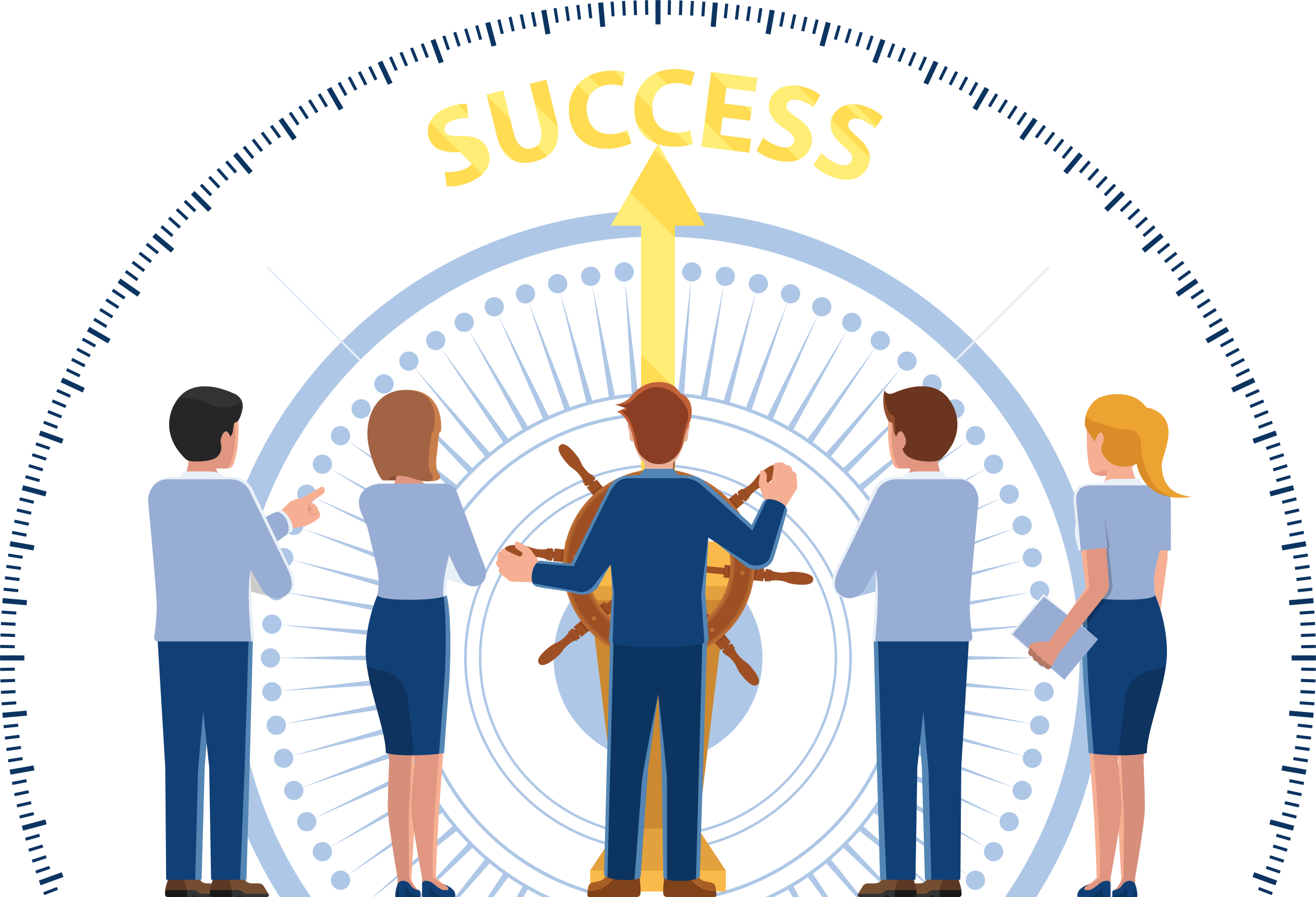Active Listening
A new application of the 80/20 rule
A few years ago, I had a very interesting lunch with a linguistics professor. His area of interest was AI speech recognition and understanding how we listen. What he told me has stayed with me and helps to explain something that had always puzzled me. See what you think and do let me know your own thoughts on this important topic.
Have you ever noticed how someone will answer a question that has not been asked? For example, you meet someone you know and start the conversation by asking, ‘How are your children getting on at their new school?‘. They answer, ‘Yes, I’m fine, thank you‘. You may conclude that they are either not interested in you and your question or perhaps thinking about something else. But there may be something else going on that is very useful to understand if high quality communication is important you (as it is to me).
My professor friend explained that what we now term ‘active listening’ is counter to the way our brains have evolved to function. When we are in listening mode, our brain is hard-wired to do precisely what active listening discourages.
Our brain listens to the first couple of seconds of a conversation, evaluates the input “How are…’. Predicts the most likely outcome, makes a judgment – for example that this sentence will end with the word ‘you‘ and performs triage (Hmm, this is low priority). Essentially the brain extracts basic information rapidly and uses it to generate predictions that help it interpret that input. Then it references its memory bank of past experiences and selects the most appropriate response, which it provides atumotically, leaving, the brain to go off to perform other, more essential tasks.
According to current thinking in cognitive neuroscience, this mode of functioning evolved as the brain’s strategy to use its finite neural capacity most efficiently. So active listening, when viewed from this standpoint, requires a conscious override of the brain’s preferred way of doing things – it’s hard-wired need for efficiency, prediction and automation.
Listening isn’t just a listening thing.
For a Customer Success Manager looking to build or enhance a relationship, it is essential to appreciate the vital role nonverbal communication plays in helping to increase trust and clarity when engaging with your customer,.
If your customer stakeholder feels that you are bored, distracted, or frustrated, it is likely to undermine your active listening efforts. Usually, people are unaware they are giving off negative nonverbal cues that others notice. On the other hand, working on your nonverbal communication and trying to ensure it’s positive can increase your credibility and trustworthiness.
These non-verbal clues can be just as relevant on video calls. You may not be able to see hand gestures or other tell tale signs (shaking your knee or playing with your pen) that you are bored or disinterested; so facial expressions and head movements are critical. Facial expressions are closely tied to our emotions – and are probably our most prominent non-verbal communicators.
I have covered eye contact before and the fact that, in some cultures, it can be a sign of disrespect, but generally, it is interpreted as a lack of confidence in your product; in the same vein, some head movements can be culture-specific for example nodding in agreement in western cultures. Make sure you are familiar with the body language and other non-verbal communication cues that are prevalent in your culture, and then practice to make sure you adopt and utlise them effectively.
As a ‘bolt-on’ to active listening, observing head movement is a valuable way to gauge your stakeholder’s level of interest and understanding. If your customer is indicating a negative response, do not just continue on as before. Instead be proactive, for example stop and ask if they are confused or if they have any questions.
80/20 rule of active listening.
I am sure you have heard this before, but the problem with most sales-related meetings is that the sales rep won’t keep quiet, and the likelihood is high that the vast majority of what they talk about is their company, their product and themselves, rather than talking about the customer’s outcome requirements and challenges, for example.
An essential part of the Customer Success Manager’s role (as covered in extensive detail within the Practical CSM Framework) is understanding the needs and aims of the customer and their stakeholders. The best place to acquire this data is from the customer, but how are you ever going to find out if you don’t stop talking and LISTEN!
Before we go on, let’s add a couple of Don’ts.
- Don’t interrupt; this is very frustrating for the speaker; it gives the impression that you think you’re more important, that you’re not interested, or that you don’t have time for what they have to say. The only interruptions you may occasionally wish to make is where you did not hear what they said and wish them to repeat it, or when you heard them but did not understand their meaning, in which case of course it is fine to stop them ask for a repeat or clarification.
- Don’t jump to conclusions; avoid engaging in immediate judgment, prejudice, assumptions, rebuttal or criticism. Instead hear everything the speaker says and take some time to think about your response.
The central tenet of active listening is concentrating your attention and energy on listening and understanding what is being said. I have heard it described as ‘suspending your frame of reference’ and trying to focus entirely on the speakers. In any customer success or sales-related conversation, you should aim to listen 80% of the time and speak for the remainder.
Remember that the customer doesn’t want to know what you think; they want to tell you what they think, feel, and are looking for. As a customer success manager, who relies on an understanding of your customer’s needs and aims to design, manage, and deliver key project elements like onboarding, adoption and value realisation, you should be encouraging your customer to talk, not trying to interrupt and talk over them. The more you think about what you will say next, the less likely that you will fully understand the valuable information you are being offered and miss important clues.
A frequent result of failing to follow the 80/20 rule is that the proposal or solution you put forward may make sense to you but not to the customer, leading them to assume that either you weren’t listening (which could of course be entirely true) or were more interested in pushing what suited you (for example more commission or internal sales initiative) than their needs. In doing this, you may end up offending the customer, a position from which you may need help to recover.
Use Reflecting to develop your active listening skills.
I have already mentioned that active listening requires a conscious effort to focus on your customer and what they are saying rather than on yourself or what you want to say next. One easy-to-learn skill that can materially improve your effectiveness as a listener is reflecting (sometimes called mirroring). Put simply, this technique involves listening carefully, then para-phrasing back to the customer more or less what they just said (it doesn’t have to be word-for-word, as this might sound odd).
The principal value of reflecting is that the only way you can do it effectively is to listen intently first, then retain as much detailed information as possible, blocking out everything else. Done well, the upshot will be that your interlocutor will know for sure not only that you listened but that you understood as well.
As an example:
“Can I make sure I understand exactly what you have told me? As I understand it, your aim is to increase revenues from your software, particularly in Scandinavia. Is that correct?”
By ending with a question, you are inviting the customer to either confirm your correct understanding, or explain in more detail. By reflecting back what they said, you are demonstrating that your complete focus was on them, which is flattering.
We live in an age of distractions.
Focus, focus, focus.
In an age of distractions, active listening can be considered a pivotal skill to learn and deploy, and also an art form. As a guiding principle, think of yourself as a mirror. Do your best to focus on what the speaker is saying, then reflect the essential details and emotions from their story to you back to them instead of focusing on your own thoughts and responses.
A good listener can bring various qualities to a meeting, including compassion, empathy, and patience. Try to ask open-ended questions and avoid giving unsolicited advice. Try not offer too much advice or guidance – particularly early on. If you must or are invited to offer advice or guidance, do so gently. By practising these tactics, you can become a better listener and a better customer success practitioner.







